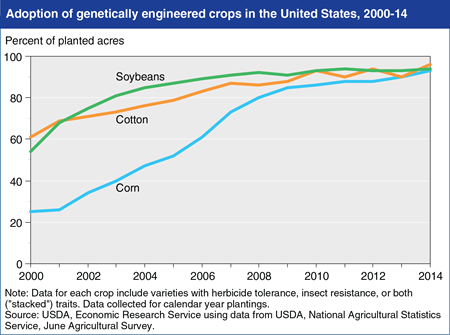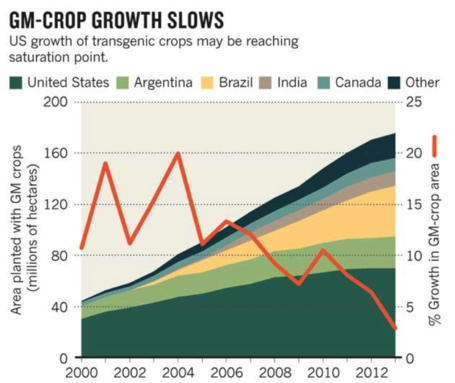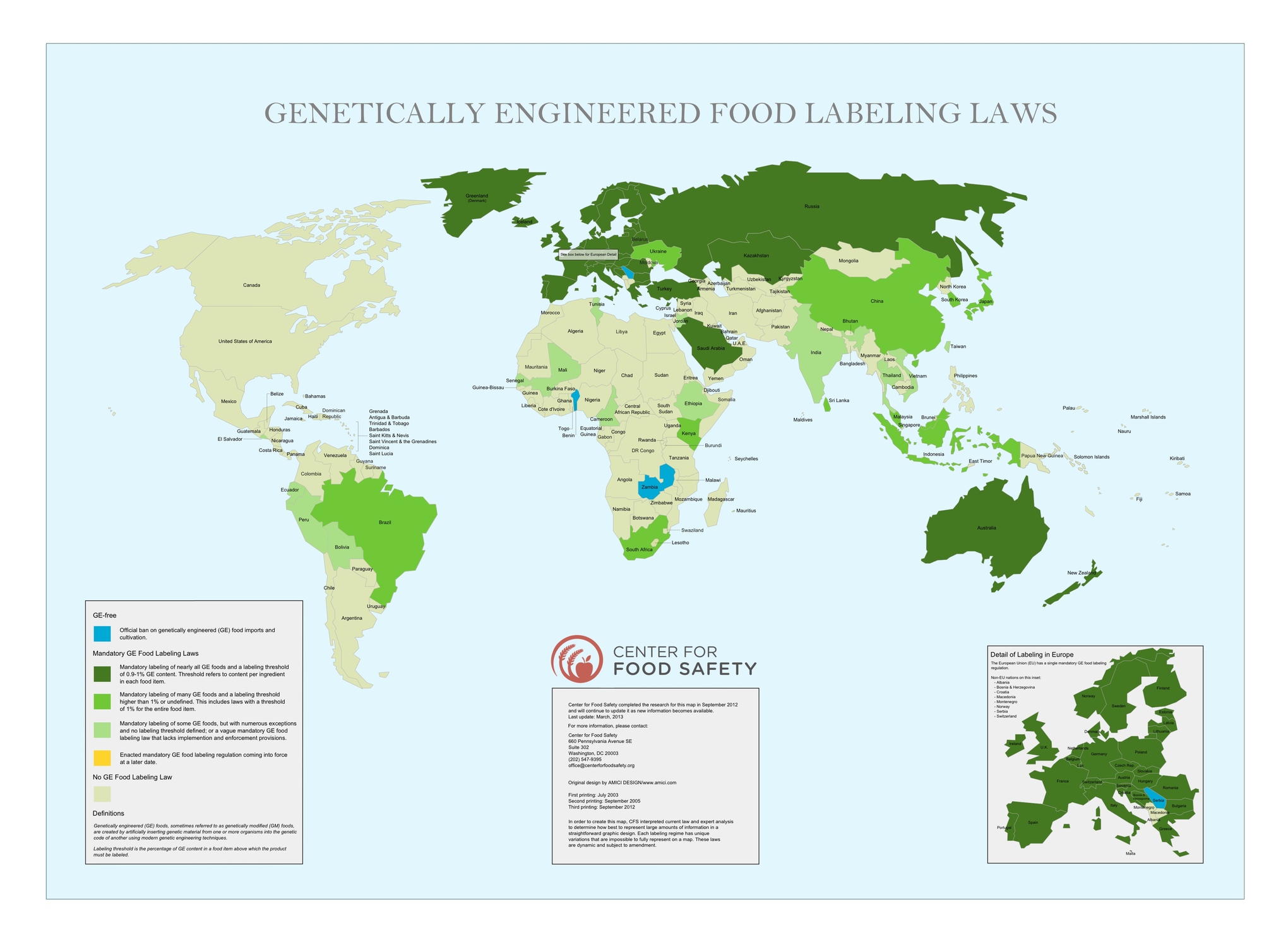
Maggie Cheney, center, the director of farms and education for the food-access group EcoStation:NY, at the Bushwick Campus Farm in Brooklyn with Kristina Erskine, left, and Iyeshima Harris, garden managers.
If you wanted to find someone picking a fat tomato this week in the City of New York, you could go see Esther and Pam, near the kiddie-pool planters on the rooftop of the Metro Baptist Church in Hell’s Kitchen. Or Maggie, Benia, Iyeshima and Kristina at the Bushwick Campus Farm and Greenhouse. Or Deborah, Shella, Sarah, Kate, Rachel and Chelsea in the West Indian haven of East New York Farms. Or Kennon, Leah, Jennifer and Charlotte at the Queens County Farm Museum, which has been planted continuously since 1697. Or Mirem, Cecilia and (another) Esther in the converted parking lot outside P.S. 216 in Gravesend. Or Nick, Caspar and Jared, on a one-acre farm and orchard in Randalls Island Park.
Wait a sec. Nick, Caspar and Jared: Are those unconventional girls’ names now, like Kennedy and Reagan? Because if you’re looking for a farm-fresh tomato in the city this summer, you’re likely to find a woman growing it.
In recent years, chefs, writers, academics, politicians, funders, activists and entrepreneurs have jumped on the hay wagon for urban agriculture. New York now counts some 900 food gardens and farms, by the reckoning of Five Borough Farm, a research and advocacy project.
Yet city farmers will tell you that the green-collar work on these small holdings is the province of a largely pink-collar labor force. Cecilia, not Caspar. And they’ll provide the staffing numbers to show it.

Deborah Greig, the agriculture director of East New York Farms in Brooklyn.
This is where the speculation begins — and, inevitably, the stereotypes. Are women more willing to nurture their communities (and also their beet greens)? Are men preoccupied with techie farm toys like aquaponics? Is gender the reason the radio at the Queens Farm washing station is always stuck on Beyoncé and Alicia Keys?More significant, if urban ag work comes to be seen as women’s work, what will that mean for the movement’s farming model, mission and pay?Counting New York’s urban farmers and market food gardeners can seem like a parlor game: part math, part make-believe. Data on gender is scarce to nonexistent.The federal 2012 Census of Agriculture isn’t much help. It suggested 42 farm “operators” in New York were men and 31 were women. But the census published data from just 31 city farms. (Under confidentiality rules, it doesn’t reveal which farms participated.) And its definitions fail to capture New York’s unique abundance of nonprofit farms and community gardens.

Onika Abraham, right, the director of Farm School NYC, at the Governors Island Urban Farm with Katherine Chin.
A “farm,” by census standards, is any place that grew and sold (or normally would have sold) $1,000 worth of agricultural products in a year. Yet surveys from the parks department’s GreenThumb program suggest that some 45 percent of the city’s hundreds of community food gardens donate their harvest to neighborhood sources and food pantries. Blair Smith, who compiles New York’s data for theU.S.D.A., explained, “Those are not farm businesses, at least from our standpoint.”
New York’s urban farmers — the people who actually work in the field — offer a sharply different head count of what you might call bulls and cows. Of the 19 farms and farm programs that contributed information for this article, 15 reported having a majority of women among their leadership, staff, youth workers, students, apprentices and volunteers. (Of the remaining four, one claimed gender parity and another hired two men this summer from a seasonal applicant pool of 18 men and 30 women.)
It’s a snapshot, not a statistically rigorous poll. Still, the farms, from all five boroughs, represent a broad sample of New York’s particular growing models: a commercial rooftop farm; community gardens; and farms attached to schools, restaurants, parks, churches, housing developments and community organizations. The sample included two city-based farmer-training programs and two out-of-state sustainable farm-education schools and fellowships. These are the types of programs that mold future urban farmers.
Describing their own farms and gardens, managers suggested that women make up 60 to 80 percent of field workers, organizers and educators. Applicant pools are similarly unbalanced for summer postings, internships and certification programs.

Kristina Erskine, a garden manager at the Bushwick Campus Farm in Brooklyn.
Farm School NYC, an affiliate of the food-access nonprofit Just Food, “is 100 percent female-run,” said its director, onika Abraham. But then, she added, “I’m the only staff person.”
More important, Farm School NYC receives 150 to 200 applicants annually for professional agriculture instruction. For this year’s entering 30-person class, Ms. Abraham said, “the breakdown for applicants was 76 percent women and 24 percent male.” (Applications for next year are open through Sept. 15.)
The gender divide appears to exist in salaried posts and volunteer work alike. For 18 years, Steve Frillmann has led Green Guerillas, which provides support and materials to more than 200 community garden groups. Most of these sites lie in central Brooklyn, Harlem and the South Bronx, and three-quarters of their volunteer leaders, he estimates, are women. So, too, women typically represent 75 to 80 percent of the applicants who want to join Green Guerillas on an AmeriCorps stipend.
It’s challenging work, and Mr. Frillmann, 49, is happy to hire whoever wants to do it. “To be honest with you, we’ve never really lifted and looked under the hood and tried to figure out why,” he said.
At the extreme, Edible Schoolyard NYC runs a food and garden-teaching program with two growing plots and a staff of 16. Sixteen of these employees are women.
Kate Brashares, 40, who is the group’s executive director, said: “It’s a little unusual we don’t have any men on staff at the moment. There are usually one or two.”
Ms. Brashares believes that the diversity of her employees should reflect the low-income communities where they work. That diversity includes gender. “We talk about wanting to get a few more men in the place,” she said. “It’s funny, we haven’t talked about it that much, though. It’s one of those things that just sort of happened. As we’ve gotten bigger, it’s gotten more obvious.”
Less obvious is why the discrepancy exists. Ms. Brashares speculated about the prevalence of women in education and nonprofit careers. But ultimately, she concluded, “I honestly don’t know.”
•
Karen Washington has been observing the community garden scene for more than 25 years from her plot in the Garden of Happiness, a couple of blocks from the Bronx Zoo. She also organizes the Black Urban Growers conference and a long list of other food and neighborhood initiatives. This roster may explain why Ms. Washington, 60, is prone to make work calls at 10 o’clock at night, say, after teaching a class on season-extending hoop houses, or on the way home from running La Familia Verde farmers’ market.
Nowadays, she sees a cohort in her gardens that she gauges to be 80 percent women. “It was more 60/40 back in the early days,” Ms. Washington said. “Mostly Southern blacks and Puerto Ricans. They were in their 40s and they’re in their 80s now.”
Explaining the gender gap on a community garden level, she said, “a lot of it, from my point of view, had to do with the fact women lived longer than men.”
The stereotypical image of an American farmer may be a white man of late middle age captaining a $450,000 combine in an air-conditioned cockpit, high above a flokati of corn. But this profile is a poor match for farmers in Latin America, the Caribbean, Asia and Africa — that is, the groups that often predominate in New York’s community food gardens. Nevin Cohen, 52, an assistant professor at the New School and an expert on urban food issues, points to a telling statistic from a United Nations special rapporteur: “Women are 80 percent of the global agricultural labor force.”
Many of the women who farm in Bushwick with Maggie Cheney possess experience in small-scale agriculture. They’ve long fed their families out of extensive kitchen gardens (as Colonial-era immigrant women did in New England). Ms. Cheney, 30, is the director of farming and education for the food-access group EcoStation:NY. And on the group’s two growing sites, she said: “I tend to work with a lot of recent immigrants from Africa, Mexico, Ecuador. And the islands: Jamaica and Haiti, the Dominican Republic.”
Ms. Cheney’s youth interns (five boys and nine girls) include the children of some of those immigrants. Yet wherever they were born, the youth growers at the Bushwick Campus Farm do not approach New York gardens as virgin soil.
Their fathers may have experienced farm labor as a harsh and exploitative activity, Ms. Cheney said. These men are not necessarily the easiest people to recruit for a hot afternoon of unearthing potatoes. By contrast, “I see a lot of girls interested because they may have that positive relationship to being the ones who cook in the family and buy the food in the market.”
She added, “The ones that I see, their roles at home are very gendered.” The politics of the New York “food justice” movement start at progressive and run to radical. But the connection between women and urban farming can appear traditional and even conservative.
Born and raised on the Lower East Side, Ms. Abraham, 40, recalls visiting her family’s black farmstead in Alabama. She said: “My grandfather grew row crops: cotton, soybeans and corn. He worked the fields. My grandma was home with a large vegetable garden and chickens.”
Put another way: “My grandmother grew the food; he grew the money. And I think maybe the scale of what we do in the city relates more to this kitchen garden.”
•
The Five Borough Farm project identified three commercial farms in New York, all of them sophisticated rooftop operations. Gotham Greens, for example, runs two (and soon three) climate-controlled hydroponic greenhouses in Gowanus and Greenpoint, Brooklyn. (Next stop: Jamaica, Queens.)
Of the company’s 50-odd employees, more than two-thirds are men, said the company’s 33-year-old co-founder, Viraj Puri. “At Gotham Greens, our approach is more plant-science and engineering focused and less ‘gardening’ focused,” Mr. Puri wrote in an email. He posited that this orientation may account for the different gender skew.
Beyond these few enterprises, the city’s farms exist not just to grow okra, but to advance a shopping list of social goals. These include recreation, nutrition, public health, environmental stewardship, ecological services, food access and security, community development, neighborhood cohesion, job training, senior engagement and education. We ask a lot of our gardens.
Mara Gittleman, who jointly runs the Kingsborough Community College farm program, at the end of Manhattan Beach, often sees urban farming likened in the news media to “the new social work, or this thing you do for poor people.” In response, Ms. Gittleman, 26, founded the research project Farming Concrete to record and publicize the surprising yield raised in community gardens. These are vegetables that come not from the glittering glass on high, but from the ground up.
Be that as it may, if you’re trying to account for why so many college-educated women are attracted to urban agriculture, nearly everyone agrees that a social calling is the place to start. “Definitely, the most visible influx is young white people, and I’m one of them,” Ms. Gittleman said.
If urban farming were just about the crops, it would be cheaper and easier to do it 50 miles north. Urban farming, however, is not a solitary or single-minded activity. Along with the weeding and pruning, the job description includes sowing community interest and reaping grants.
Kennon Kay, the 31-year-old director of agriculture at Queens Farm, said: “What makes this farm different is the element of public interaction. We have over half a million visitors a year.”
The farm staff currently numbers two men and five women, which is actually a bumper crop of gents. And Ms. Kay takes pains to say: “I don’t want to knock the guys. They’re great.”
That said, in her experience, “Women have been extremely effective in multitasking, planning, communicating and being the representatives of this public organization.”
Inevitably, there’s an inverse to saying that women are attracted to work that involves children and the elderly, caring and social justice. In short, you’re implying that men don’t care, or care a lot less.
This is what you might call the men-as-sociopaths hypothesis (M.A.S.H.), and Nick Storrs, 29, who manages the Randalls Island Park Alliance Urban Farm, does not buy it. “I would refute the claim that guys are sociopaths,” he said.
Having cheerfully dispensed with that libel, he struggled to explain why men seem less interested in the social goals of community agriculture. “I don’t know, because I am interested in it,” Mr. Storrs said.
So where are the men?
“Wall Street,” Ms. Washington said (a theory that may not be inconsistent with M.A.S.H.).
The Bronx’s vegetable plots, she will tell you, are not insulated from what goes on outside the garden gates. “A lot of our men of color are incarcerated,” she said. “Huge problem. If you tell a 21-year-old man just out of jail to go into farming, he’s going to look at you as if you have two heads.”
Or in the words of Esther Liu, 25, a rooftop farmer at the Hell’s Kitchen Farm Project: “Men? Perhaps they want a living wage.”
•
The time has arrived, as it always does, to talk about money. The pay for community-based agriculture starts low and climbs over time to not much higher.
Ms. Cheney endeavors to pay her youth interns $8.30 to $9.30 an hour and the Bushwick farm managers $17 an hour. Farmers with longer tenure may earn $20. These are decent wages in agriculture, Ms. Cheney said. Yet they’re hardly enough to keep up with the climbing rents in a gentrifying neighborhood.
Deborah Greig, 32, oversees the crowded market at East New York Farms, leads the gardener-education program, manages dozens of youth workers, and cultivates specialty crops like dasheen and bitter melon. (And some 65 to 70 percent of her farm staff, apprentices and youth interns are women.) “I get paid $37,000 a year,” Ms. Greig said. “I started at $28,000 or $29,000, which was huge at the time. And I have insurance included.”
The permanence of the job, which she has held for seven years, is a boon to Ms. Greig and to the community where she works. Ultimately, Ms. Abraham, of Farm School NYC, argues that only stable employment will make urban farming viable for neighborhood women — and men — who lack the safety net of a college degree and family support.
For her part, Ms. Greig is probably underpaid. Don’t tell anyone, but she would do the job for less. “People don’t expect to be paid very much doing this work,” she said. “It’s a labor of love to a certain extent. I don’t think we’ve come up with a hard and fast model to pay people exceedingly well for doing nonprofit urban-farming work.”
Sounds like a job for the guys on Wall Street.


































